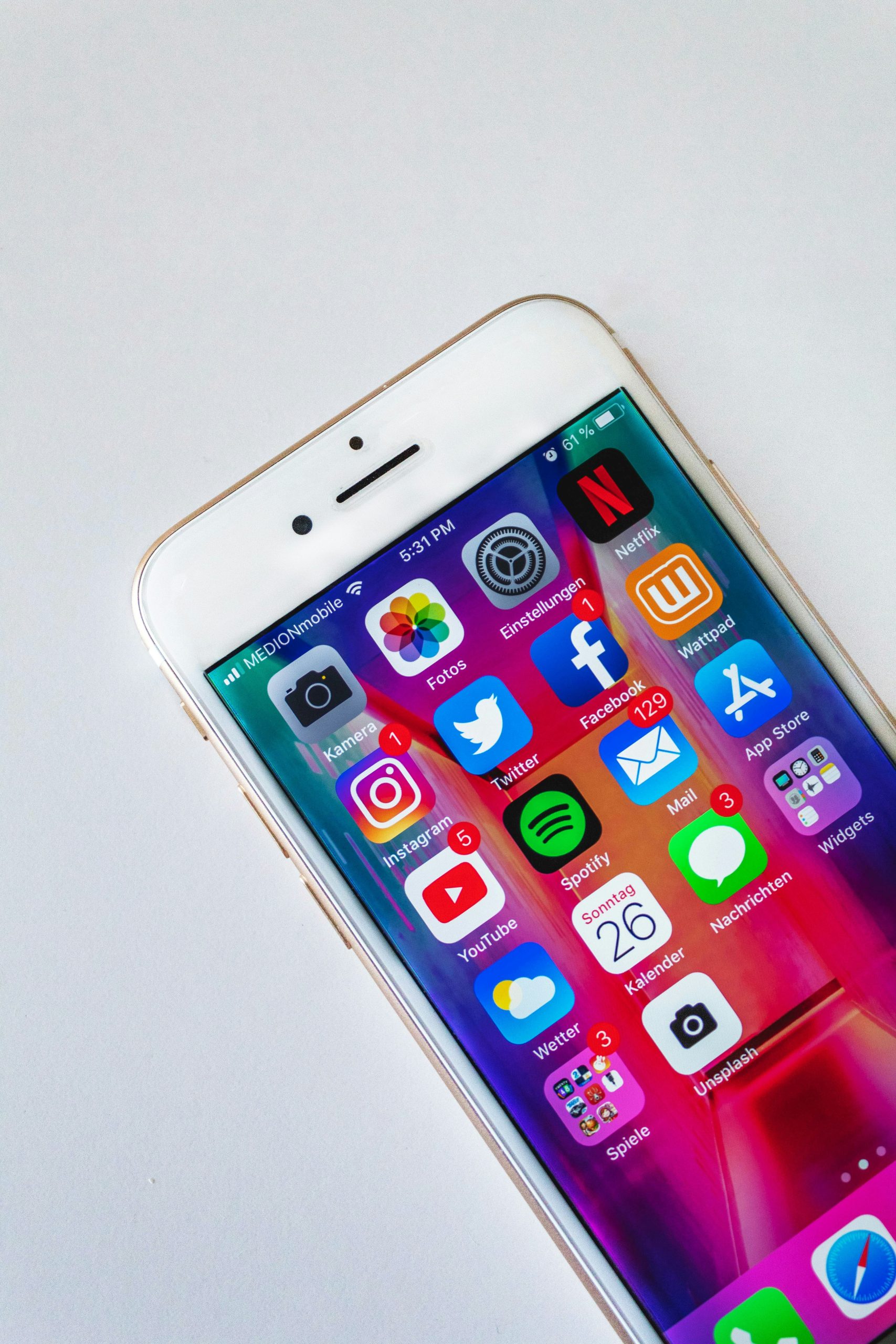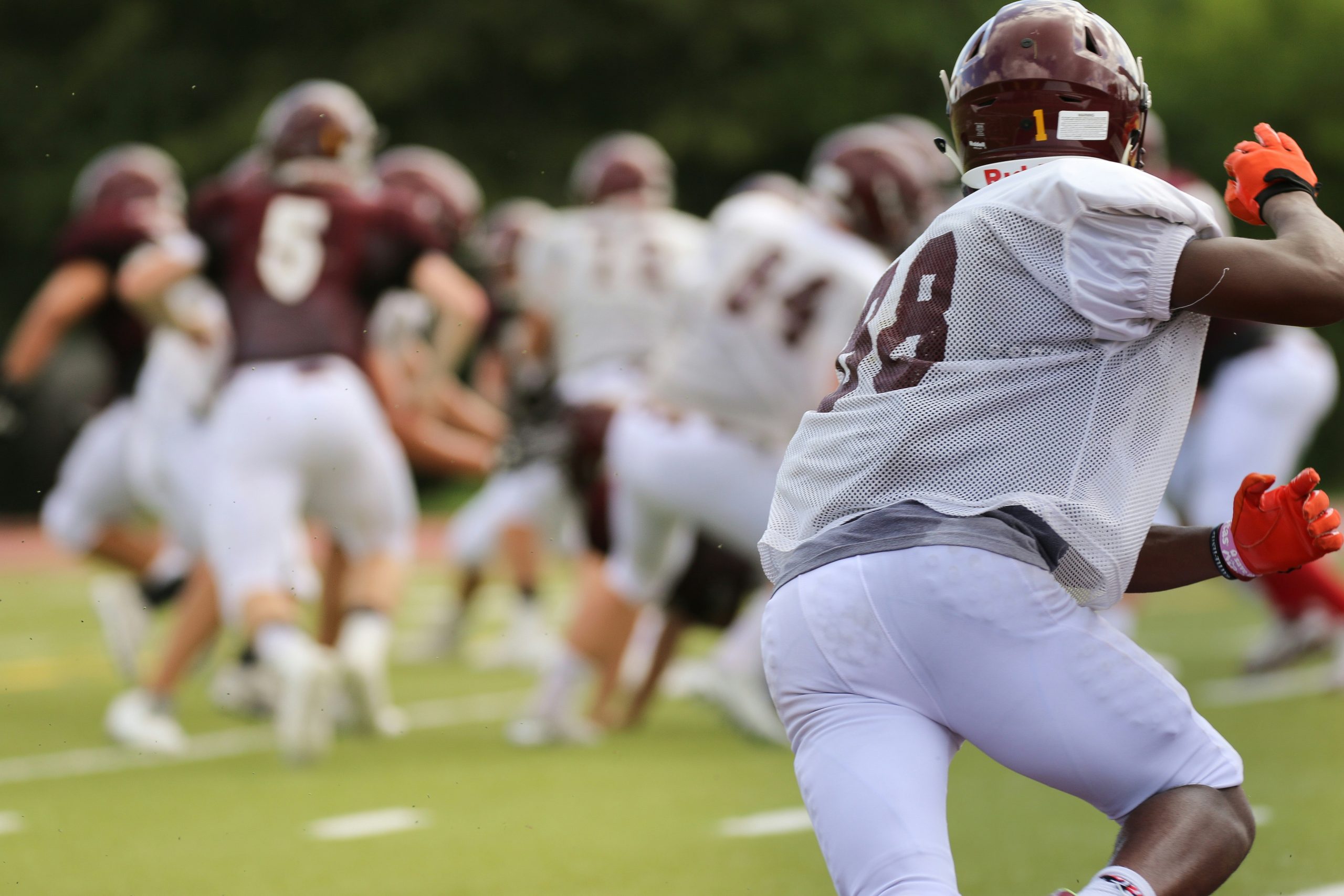
Social Media’s Impact on Sports Journalism
In recent years, the landscape of sports journalism has been significantly transformed by the rise of social media platforms. These platforms, such as Twitter, Facebook, Instagram, and YouTube, have revolutionized how sports news is reported, consumed, and shared worldwide. This article explores the profound impact of social media on sports journalism, highlighting both its advantages and challenges.
Real-Time Updates and Citizen Journalism
- Immediate Reporting: Social media enables instant dissemination of sports news, bypassing traditional media channels. Journalists, athletes, and fans alike can share updates in real-time, offering unparalleled speed in breaking news.
- Citizen Journalism: Anyone with a smartphone can capture and share sports-related content, from live game footage to behind-the-scenes moments. This democratization has expanded the pool of contributors to sports journalism.
- Example: During major sporting events like the FIFA World Cup or the Olympics, hashtags on Twitter aggregate updates, creating a global conversation that supplements traditional media coverage.
Engagement and Fan Interaction
Social media has transformed the relationship between sports journalists and their audience, fostering direct engagement and interaction.
- Direct Communication: Journalists can interact with fans, athletes, and other stakeholders in real-time, gaining insights and feedback that shape their reporting.
- Fan-driven Content: Fan communities on platforms like Reddit or Facebook groups discuss and analyze sports news, sometimes breaking stories or providing unique perspectives ahead of traditional media.
- Example: NBA players like LeBron James or Stephen Curry often use Twitter to engage directly with fans, bypassing traditional media to communicate their thoughts and reactions.
Challenges and Ethical Considerations
While social media offers numerous benefits to sports journalism, it also presents several challenges and ethical considerations.
- Verification: The speed of social media can lead to the dissemination of unverified information or rumors, challenging the credibility of sports journalism.
- Privacy Concerns: Athletes’ private lives are increasingly exposed through social media, raising ethical questions about boundaries between public and private spheres.
- Example: Controversies often arise when athletes’ personal posts on social media platforms become news stories, blurring the line between public interest and invasion of privacy.
Evolution of Content Formats
Social media has diversified the formats through which sports journalism is consumed, moving beyond text-based articles to multimedia experiences.
- Video Content: Platforms like YouTube and Instagram enable sports journalists to deliver news through videos, interviews, and highlights, enhancing engagement through visual storytelling.
- Interactive Features: Live streaming of press conferences or Q&A sessions allows fans to participate directly in journalistic activities, fostering a sense of community.
- Example: ESPN’s use of Instagram Stories to provide game highlights and analysis has garnered millions of views, demonstrating the power of visual content in sports journalism.
The Future of Sports Journalism
Looking ahead, social media’s influence on sports journalism shows no signs of slowing down. As platforms continue to evolve, so too will the ways in which sports news is reported, consumed, and shared.
By embracing social media while upholding journalistic standards, sports journalists can leverage its power to reach broader audiences and engage with fans in innovative ways.
As the digital age progresses, the symbiotic relationship between social media and sports journalism will continue to shape the future of both industries.
In conclusion, while social media presents both opportunities and challenges for sports journalism, its overall impact has been transformative, ushering in an era of immediacy, interactivity, and multimedia storytelling.



